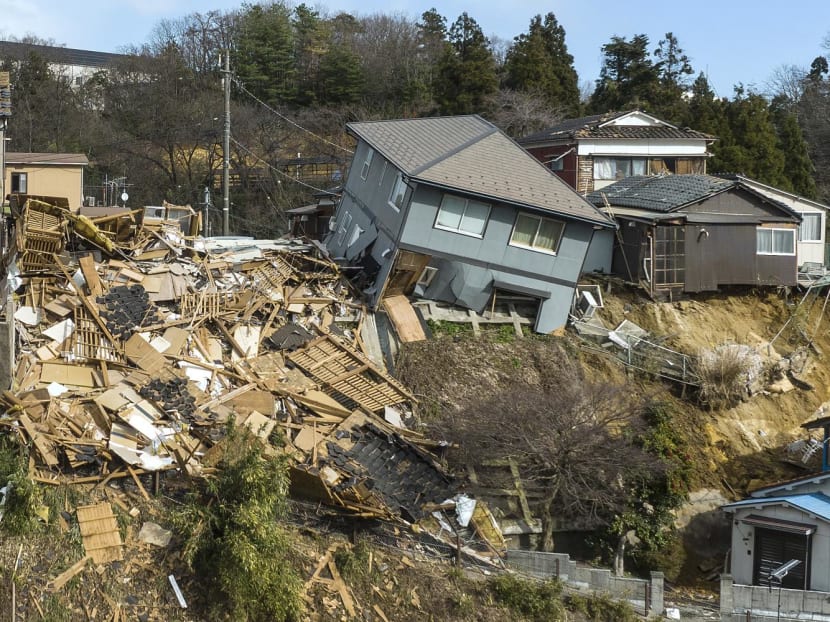On Thursday, a powerful 7.1-magnitude earthquake struck the southern islands of Japan. In response, the Japan Meteorological Agency issued a rare “megaquake advisory,” warning that the risk of a larger earthquake is notably elevated over the next week. This is the first time the agency has issued such an advisory, highlighting the increased risk of strong shaking and tsunamis, particularly along the Nankai Trough, a known subduction zone.
Understanding the Nankai Trough
The Nankai Trough is an underwater subduction zone where the Eurasian Plate meets the Philippine Sea Plate. The collision causes the Philippine Sea Plate to be pushed beneath the Eurasian Plate and into the Earth’s mantle. Stress builds up along subduction zone faults until it is released in a megathrust earthquake, which can be extremely powerful.
Key Points:
- Location: Nankai Trough, where the Eurasian Plate and Philippine Sea Plate converge.
- Potential: Capable of producing magnitude 8 or 9 earthquakes.
- Historical Pattern: Large earthquakes occur roughly every 100 to 150 years.
Impact of a Megaquake
If a megaquake were to occur, the Philippine Sea Plate could shift dramatically, causing intense shaking and potentially generating a tsunami. Waves could reach nearly 100 feet, based on estimates from Japanese scientists.
Historical Context:
- Recent Events: Earthquakes in 1944 and 1946 were “twin” events linked to the Nankai Trough.
- Forecast: The Nankai Trough is expected to produce large earthquakes roughly every century.
Current Risk Assessment
Following the recent earthquake, experts are concerned about the possibility of further significant seismic activity. The proximity of the recent quake to a segment of the fault that has been accumulating stress since the 1940s is particularly worrying.
Expert Opinion:
- Harold Tobin, University of Washington: The recent earthquake occurred in a segment that frequently shakes, reducing immediate concerns but emphasizing the stress in adjacent segments.
Preparedness and Forecasting
Japanese authorities are urging residents to prepare for potential future quakes by reviewing evacuation routes and staying informed. While the risk of a large earthquake is higher than usual, there is no certainty that one will occur soon. The probability of a large quake following the recent event within a week is estimated to be low.
Guidelines:
- Preparation: Review evacuation plans and stay updated on warnings.
- Probability: Higher risk does not guarantee immediate occurrence.
Historical and Comparative Risks
In 2011, a magnitude-9.1 earthquake in Japan resulted in a devastating tsunami, causing over 18,000 deaths. This event led to revised disaster scenarios estimating potential fatalities in future Nankai Trough earthquakes. Similarly, the Cascadia Subduction Zone off the U.S. West Coast presents a comparable risk, with potential for magnitude-9.1 earthquakes and significant tsunamis.
Multiple-Choice Questions (MCQs):
- What was the magnitude of the earthquake that struck Japan on Thursday?
- A) 6.1
- B) 7.1
- C) 8.1
- D) 9.1
- Answer: B) 7.1
- What is the Nankai Trough?
- A) A mountain range
- B) A volcanic zone
- C) An underwater subduction zone
- D) A tectonic plate
- Answer: C) An underwater subduction zone
- What is the primary concern following the recent earthquake according to the Japan Meteorological Agency?
- A) Increased risk of volcanic eruption
- B) Risk of a larger earthquake and tsunami
- C) High temperatures
- D) Air pollution
- Answer: B) Risk of a larger earthquake and tsunami
- How often do large Nankai Trough earthquakes typically occur?
- A) Every 50 to 75 years
- B) Every 100 to 150 years
- C) Every 200 to 300 years
- D) Every 500 to 600 years
- Answer: B) Every 100 to 150 years
- What is the estimated height of tsunami waves if a megaquake occurs near Japan?
- A) 30 feet
- B) 50 feet
- C) 70 feet
- D) 100 feet
- Answer: D) 100 feet
